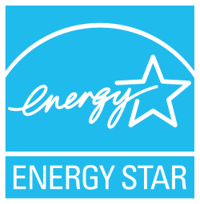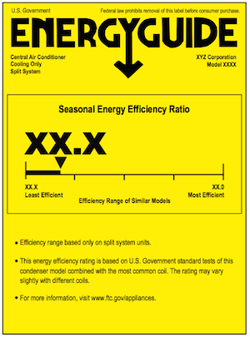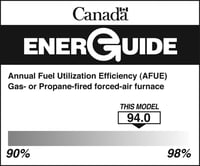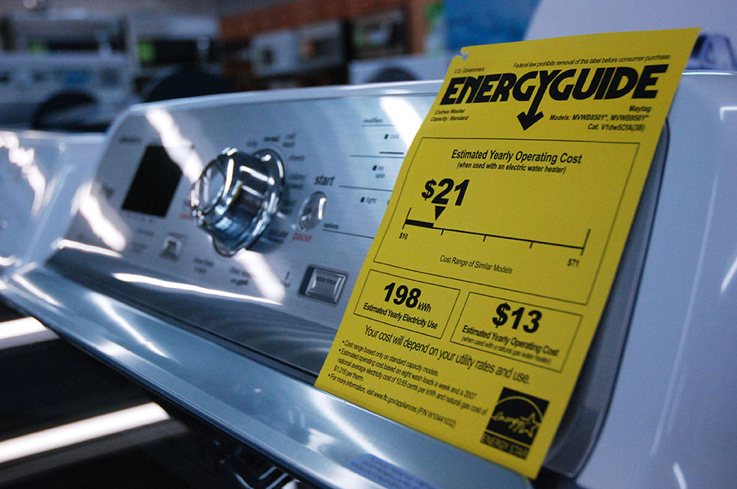Wolseley PRO Pipeline Blog
Energy efficiency is a hot topic in the HVAC/R and plumbing industry. Consumers are looking to upgrade their homes with energy efficient appliances to save money on their energy bills. As an industry professional, you’re the one they look to for recommendations. Understanding energy rating systems will help you give your customers the advice you need and will make you a reliable, go-to professional.
When it comes to HVAC/R and plumbing services, it’s important to understand the energy rating systems and the environmental impact of the products you recommend. Keep reading for details on the different energy rating systems and how they measure energy efficiency.
ENERGY STAR® Certification
ENERGY STAR certification was introduced with a mission to reduce greenhouse gas emissions and other pollutants and to make it easy for homeowners to identify energy-efficient products. ENERGY STAR is now a trusted, US and Canada government-backed symbol for energy efficiency, known for saving homeowners money and protecting the environment. The certification is earned by meeting strict energy efficiency criteria set by the Canadian or US government. It makes it easy for consumers to make energy efficient choices, making ENERGY STAR products a reliable and popular go-to for homeowners.
Learn more about ENERGY STAR specifications here.
Seasonal Energy Efficiency Ratio
SEER is used to measure the efficiency of heat pumps and air conditioning units during cooling seasons. The ratio compares how much of the fuel being used to power a heating and cooling system is converted to cooling output. Systems with higher SEER ratings are more efficient, providing more savings, but also have a more expensive upfront cost. According to Natural Resources Canada, the ENERGY STAR specification for central air conditioners requires that the EnerGuide SEER rating be 12.0 or greater for a single-package unit and 13.0 or greater for a split system.
Use this rating to help customers shop for energy efficient air conditioning units to save money on their energy bills.
Heating Seasonal Performance Factor
Heating Seasonal Performance Factor (HSPF) measures the energy efficiency of a heat pump during winter. A heat pump’s efficiency is measured by the ratio of BTU’s output per hour to the amount of electricity used. Just like with SEER, a higher rating means a more energy efficient system and more savings.
Quick facts
- Air source heat pumps tend to have HSPF ratings of 7 to 9
- Geothermal heat pumps have ratings greater than 10
- ENERGY STAR® certified heat pumps have a rating above 8.2 and a SEER rating above 12
Use this rating for customers in the market for a new heat pump to measure its energy efficiency.
Annual Fuel Utilization Efficiency
AFUE is the rating used to calculate the energy efficiency for heating systems that operate with gas or oil. It compares how much fuel is used to the amount that is actually turned into useable heat. Systems with higher AFUE ratings waste less fuel and are more energy efficient. Mid-efficiency furnaces have an AFUE rating between 80 and 85 per cent, while high-efficiency units have a rating between 90-97 per cent.
While no systems perform without wasting any fuel, but there are many options that come close. For example, the Goodman GMVM97 gas furnace has a 97% AFUE rating.
Use this rating for customers shopping for a new gas-fired or oil-fired furnace to calculate their energy efficiency.
Have you used these energy ratings before when shopping for new products with your customers? Browse products on Wolseley Express and ask experts at your local branch for more information on energy efficient products.
Get more tips, promotions and news straight to your inbox. Sign up to become a Wolseley PRO here.








